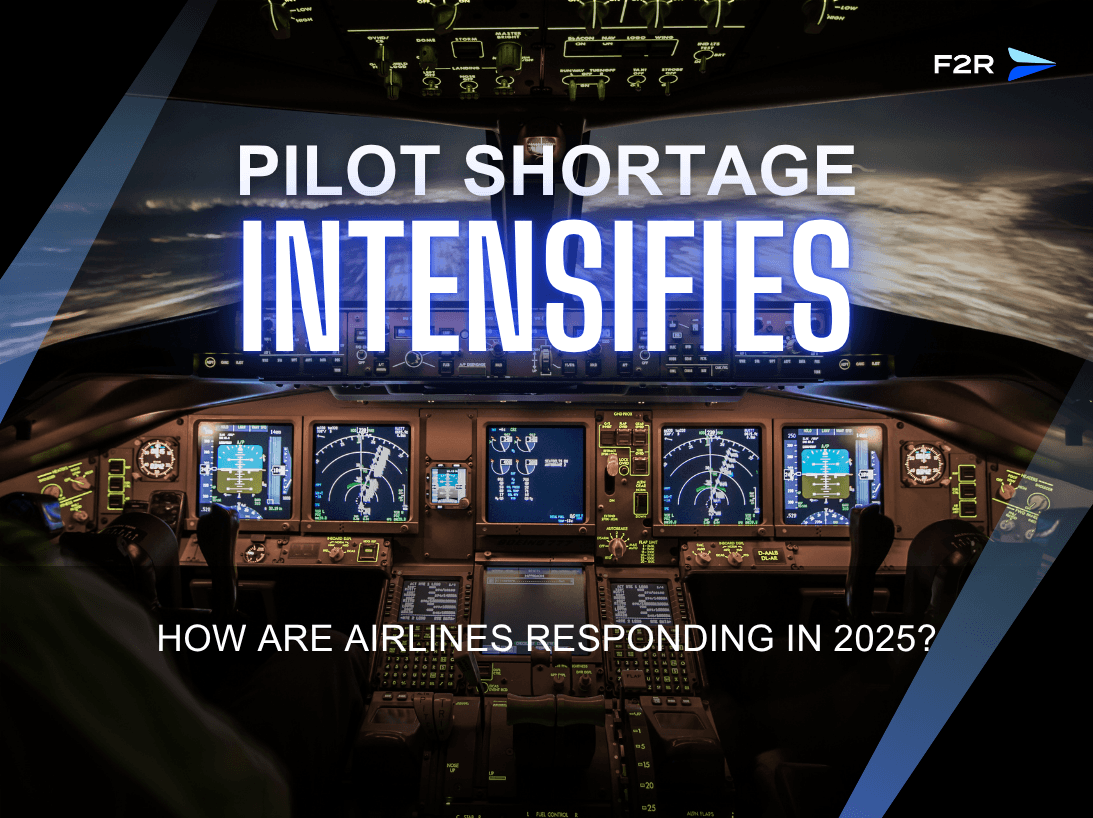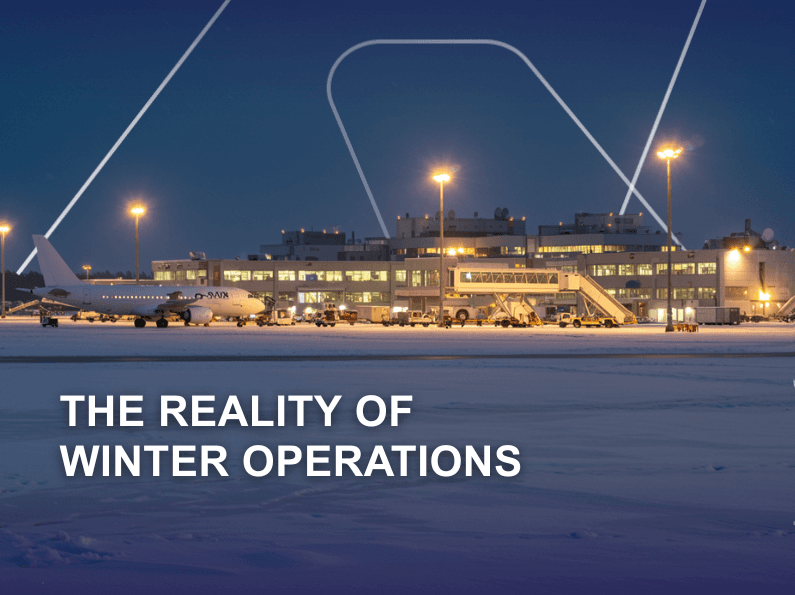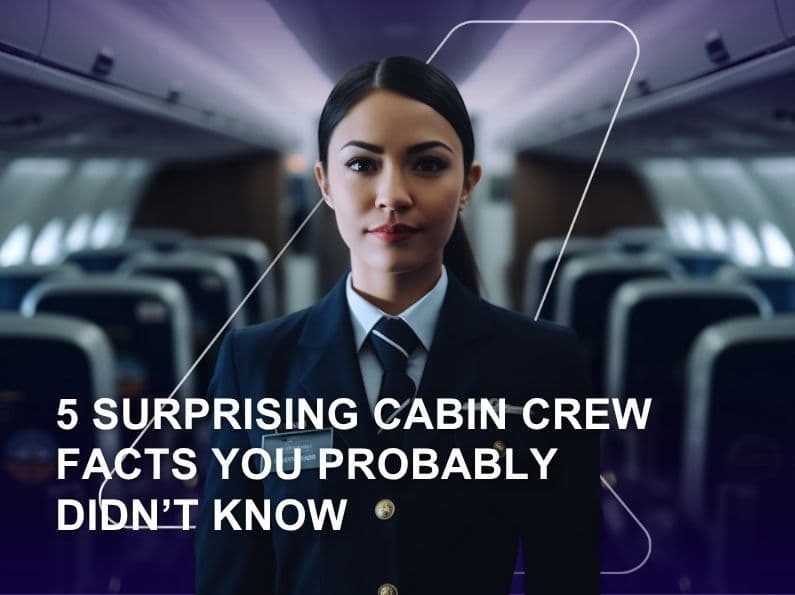Pilot Shortage Intensifies: How Airlines Are Responding in 2025

The aviation world is soaring again, but not without turbulence. A persistent and intensifying pilot shortage is becoming one of the industry's biggest challenges in 2025. Airlines are scrambling to fill cockpits as demand for flights soars and experienced pilots retire in large numbers.
How Bad Is the Shortage?
According to CAE’s mid-2025 forecast, the global industry is currently short over 39,000 pilots, with that number expected to rise to 50,000 by 2027 if current trends continue.
The causes are multifaceted:
- Accelerated retirements of senior pilots post-COVID.
- Slower-than-needed training pipelines.
- Geographic mismatches, where demand (e.g., in Asia and the Middle East) outpaces regional pilot availability.
- Higher barriers to entry due to training costs and visa limitations.
Airlines Taking Action: New Recruitment Strategies
To address the growing crisis, airlines are:
- Launching cadet and ab-initio programs. Wizz Air, Pegasus, and Flyadeal have expanded in-house training academies.
- Partnering with third-party training centers, like L3Harris, CAE, and local aviation colleges.
- Offering signing bonuses, relocation support, and fast-track upgrades to attract experienced captains and first officers.
- Some are even poaching talent from smaller regional airlines, creating a cascading effect across the sector.
The ACMI Sector's Unique Challenge
Operators like Avion Express, AirEst, and EuroAvia, which rely on cross-border pilot pools, are particularly vulnerable. Visa restrictions, local licensing complexities, and competition from national carriers are making pilot sourcing more difficult than ever.
However, companies like MHC Aviation and F2R Recruitment are helping bridge this gap by:
- Maintaining rosters of available freelance and contract pilots.
- Offering relocation and type rating support.
- Managing complex compliance and documentation processes across EASA and other regulatory bodies.
- Improving Pilot Retention
- Retention is just as critical as recruitment. Airlines are:
- Offering better work-life balance (more predictable schedules).
- Increasing mental health support and wellness programs.
- Implementing career progression pathways, including captain upgrades and fleet transitions.
Training Pipeline Bottlenecks
Flight schools are at maximum capacity, but flight instructors are in short supply. Some airlines are funding flight instructor scholarships to ensure their training programs remain scalable. In addition, simulators and type-rating centers are operating on full schedules, with many offering 24/7 rotation slots to meet demand.
Outlook: Turbulence Ahead?
Unless training and hiring pipelines are expanded significantly, the pilot shortage will be a long-term structural issue. Regional airlines and ACMI providers may be hardest hit, as they are often outbid for experienced pilots by national carriers and Middle Eastern giants.
Still, with strong investment, cross-border collaboration, and smart recruitment strategies, the industry has a chance to level out.



